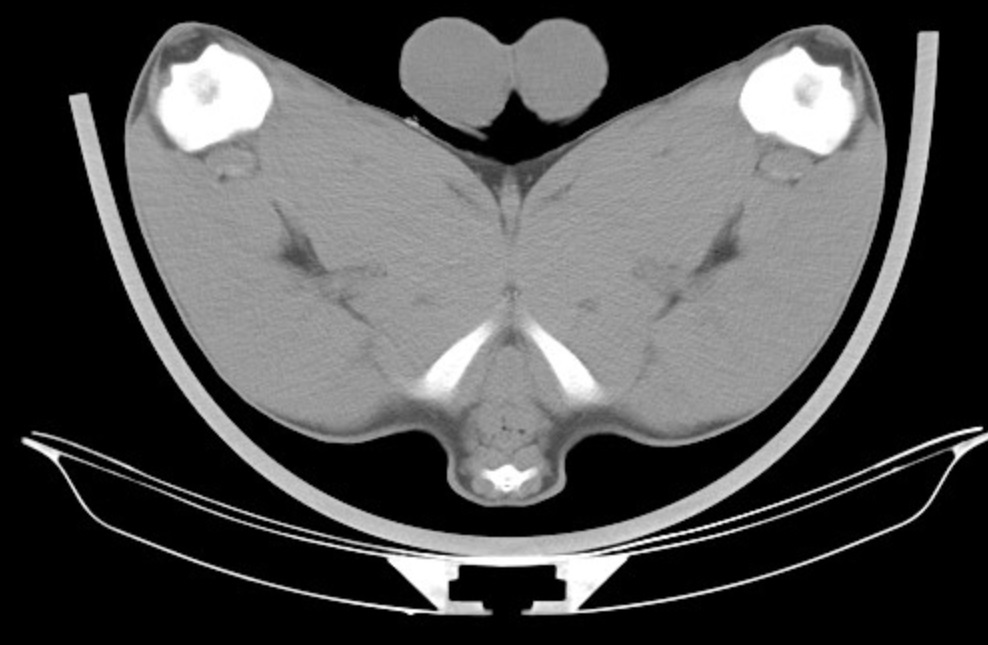
Scottish sheep breeders will be given the opportunity to use computer tomography (CT) scanning to enhance terminal sire selection and flock performance.
The use of CT alongside ultrasound scanning is being increasingly used within Scottish sheep flocks when understanding the genetic potential of performance recorded pedigree terminal sires.
This spring, Scotland's Rural College (SRUC) will be CT scanning rams within Scottish flocks, with Quality Meat Scotland (QMS) covering 50% of the cost per ram, for a minimum of five and maximum of 15 rams per flock.
The scanning machine mimics a carcase grader used in abattoirs, measuring the diameter of certain muscles at fixed points around the carcase.
It calculates muscle dimensions, muscle volume, bone density, internal fat, spine length and pelvic dimensions.
An x-ray tube moves slowly around the animal, taking cross sectional images of the entire body.
These images allow specific anatomical locations and measurements to be recorded as key performance traits, which can aid breeders’ decision-making process when selecting sheep, particularly rams.
These measurements can help to predict the final carcase performance of that animal, and therefore forecast that animal’s expected progeny profile and performance.
The resulting measurements inform the key traits for terminal breeding stock being sold within the industry.
QMS head of industry development, Bruce McConachie said: “There is nearly a 30% difference in Eye Muscle Area between the average in breeds, and up to 60% difference in Eye Muscle Area within a breed.
"These differences illustrate the value of selecting genetically superior rams which are at the top of this range, to make faster genetic progress in important commercial traits like Eye Muscle Area.”
Various traits can be measured using a CT scanner, and each breeder can discuss specific requirements with the technician undertaking the scanning process.
Mr McConachie said that commercial sheep farmers could really benefit from this data when selecting rams which have undergone CT scanning.
"Prospective purchases can be viewed online through Signet Breeding Services, ranking rams based on specific genetic traits," he added.
"Individual animal results are recorded as Estimated Breeding Values (EBVs), with options to select breeding rams with desired performance traits.
"This detailed and accurate information helps to inform future progeny performance and therefore flock performance.
"After narrowing ram choices down based on desired EBVs, some farmers will then select a favourite ram from those, by eye.”
Farmers Neil and Debbie McGown, from Perthshire have CT scanned 15 texel rams per year, over 15 years: "We have used and not used a number of rams specifically on the data gleaned," they said.
"The ram with the deep eye muscle ultrasound measurement but a poor muscle area because it tailed off quickly, saved a costly mistake.
"And the ram with phenomenal width, depth of muscle and high meat:bone ratio will have a lasting impact in our flock and many other Scotch lamb producers.”
SRUC will be offering CT scanning for sheep breeders based in Scotland. Rams must be at least 40kg and recorded pedigree terminal sire breeds.
A minimum of five animals and maximum of 15 ram lambs are permitted per flock or business.
Mobile sites can be booked for a minimum of two days at each session, with 50 lambs per day booked in for scanning.
Scanning dates for this year will be announced shortly.
